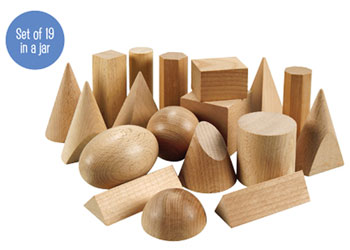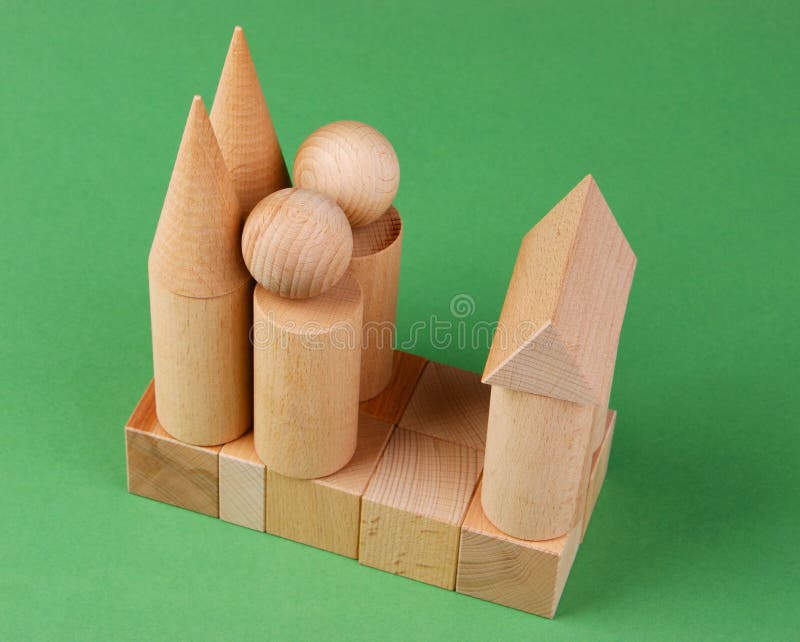

Seven white cards with geometric figures drawn in a thin blue line A basket large enough to contain ten geometric wooden solids in blue: The convenient to use surface area calculator will calculate this for you.Montessori - Sensorial - Stereognostic Sense - Geometric Solids To know how much paint must be purchased, the surface area of the building must be calculated. Suppose the entire exterior of a building must be painted. Next, the volume calculations are really handy if you want to guarantee enough living space for your beloved pets, be they turtles/fish kept in the aquarium or mice/rats in cages.Īnother related application, although slightly different, is the concept of surface area. Moreover, you can meet volume in your kitchen or bathroom: any liquid we drink (e.g., bottled water), as well as beauty products or toothpaste, have a volume written on the product packaging (either in milliliters/liters or fluid ounces/gallons). Check out our other awesome tools, such as potting soil calculator, to estimate the volume and cost of topsoil, as well as the amount of soil needed for your flower pot. Generally, concrete slabs are rectangular solids, so the concrete calculator - which is an application of the volume calculator - can be used.Īlso, the volume formulas may be helpful if you are a keen gardener or just a happy owner of a house with a yard. One such instance is in road or pavement construction, where slabs of concrete must be built. There are many applications in real life where the volume calculator is useful: Use simple V = m / d V = m / d V = m / d volume equation.Ĭalculate the volume of a compressed gas in a cylinder by applying the ideal gas equation. This laboratory glassware can also be used to measure the volume of gas evolved from a chemical reaction.įind the volume of the gas, given its density and mass. In chemistry, a gas syringe is used to insert or withdraw a volume of a gas from a closed system. You'll find detailed instructions on the wikiHow page.Ĭheck out the measures connected to your lung capacity by using a device called spirometer. Then you can use the Archimedes method - put the balloon into the bucket with water and check the volume difference. Inflate a balloon with the gas you want to measure (e.g., with helium to lift you up in the air). You need to remember that the volume of gas is influenced by temperature and pressure and that gases expand to fill any container in which they're placed. We have to use more elaborate methods to measure the volume of a gas. So, if you want to measure an irregular object's volume, just follow in Archimedes' footsteps (though you can omit the naked race part): Legend says that Archimedes was so excited about this discovery that he popped out of his bathtub and ran naked through the streets of Syracuse. Knowing the irregular object's volume and its weight, he could calculate the density and compare it with the density of pure gold. From this observation, he deduced that volume of water displaced must be equal to the volume of the part of his body he had submerged. The idea came to him when he was taking a bath - stepping into a bathtub, he noticed that the water level rose. If it's an irregular shape, you can try to do the very thing that caused Archimedes to shout the famous word Eureka! Probably you heard that story - Archimedes was asked to find out if the Hiero's crown is made from pure gold or just gold-plated - but without bending or destroying it. For a right triangular prism, the equation can be easily derived, as well as for a right rectangular prism, which is apparently the same shape as a box.įor regular three-dimensional objects, you can easily calculate the volume by taking measurements of its dimensions and applying the appropriate volume equation.

Prism = A h Ah A h, where A A A is a base area and h h h is the height. For a pyramid with a regular base, another equation may be used as well: Pyramid = ( n / 12 ) h s 2 cot ( π / n ) (n/12) h s^2 \cot(\pi/n) ( n /12 ) h s 2 cot ( π / n ), where n n n is a number of sides s s s of the base for a regular polygon. Pyramid = ( 1 / 3 ) A h (1/3)Ah ( 1/3 ) A h where A A A is a base area and h h h is the height. Rectangular solid (volume of a box) = l w h lwh lw h, where l l l is the length, w w w is the width and h h h is the height (a simple pool may serve as an example of such shape). Sphere = ( 4 / 3 ) π r 3 (4/3)\pi r^3 ( 4/3 ) π r 3, where r r r is the radius.Ĭylinder = π r 2 h \pi r^2h π r 2 h, where r r r is the radius and h h h is the height.Ĭone = ( 1 / 3 ) π r 2 h (1/3)\pi r^2h ( 1/3 ) π r 2 h, where r r r is the radius and h h h is the height.

Here are the formulas for some of the most common shapes:Ĭube = s 3 s^3 s 3, where s s s is the length of the side. There is no simple answer to this question, as it depends on the shape of the object in question.


 0 kommentar(er)
0 kommentar(er)
